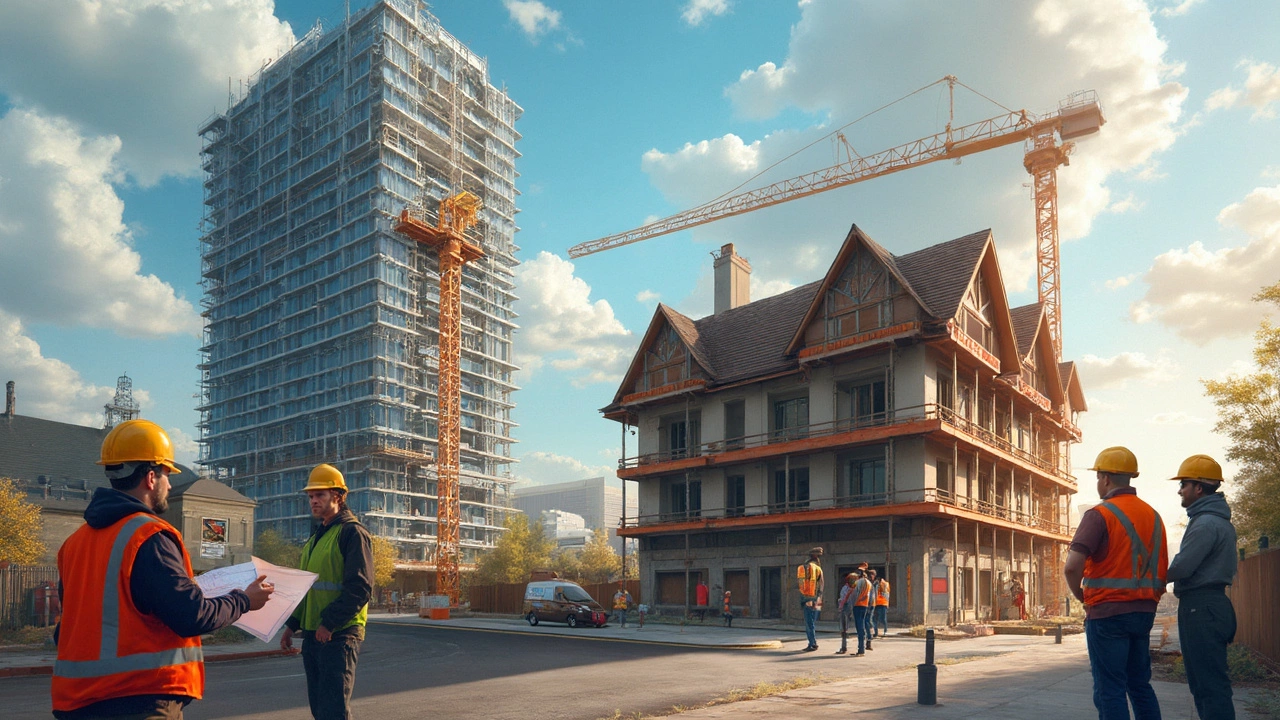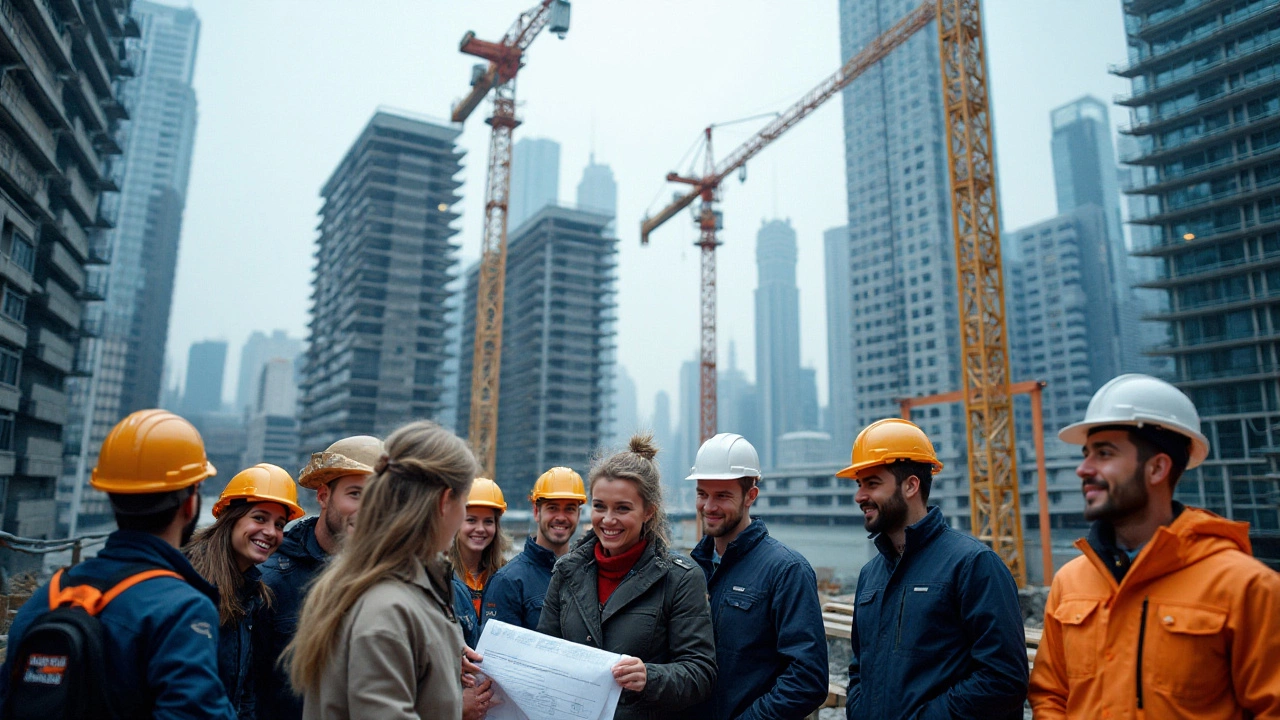Fire Safety Tips for Flooring and Home Protection
When you pick a new floor, the look and feel are top of mind, but how it reacts to fire matters just as much. A fire‑safe floor can give you precious minutes to escape, stop the spread, and protect your belongings. Below are the most useful, no‑fluff pointers to keep your home safer while you shop, install, and maintain flooring.
Pick Materials That Resist Flames
Not all flooring is created equal when it comes to fire. Here’s a quick cheat‑sheet:
- Hardwood: Naturally non‑combustible, but finishes can affect flame spread. Look for products with a Class A fire rating.
- Engineered hardwood: Usually includes a fire‑retardant layer under the veneer.
- Luxury vinyl plank (LVP): Modern LVP often carries a fire‑resistant core, especially those classified as Class B or better.
- Tile and stone: Ceramic, porcelain, and natural stone won’t burn at all. They’re the safest bet for kitchens and high‑risk areas.
- Carpet: Most carpets are treated with flame‑retardant chemicals, but they still ignite faster than hard surfaces. Choose low‑pile, synthetic fibers with a Class A rating if you need carpet.
Ask your supplier for the fire‑rating label – it’s a simple way to compare options.
Install with Safety in Mind
Even fire‑resistant flooring can become a hazard if installed wrong. Follow these practical steps:
- Use fire‑rated underlayments. They act as a barrier and slow heat transfer.
- Keep a clear gap at walls and around appliances. This allows heat to vent instead of getting trapped under the floor.
- Seal seams with fire‑resistant adhesive, not regular glue.
- Don’t lay flooring over outdated wiring or faulty heating mats. Replace them before you start.
If you’re not comfortable with the work, hiring a qualified installer is worth the peace of mind.
Once the floor is up, maintain it the right way. Clean up spills quickly – especially oil or wax – because they can fuel a fire. Trim any vegetation or stored items that sit too close to the wall, as they can act like kindling.
Finally, incorporate fire safety devices into the room. Install smoke alarms on every level of the house and test them monthly. Consider a heat detector in the kitchen, where most residential fires start.
By choosing the right materials, installing them correctly, and keeping your home environment tidy, you dramatically lower the risk of a fire getting out of control. It’s not about making your home look like a fire station; it’s about adding a few smart habits that protect you and your loved ones without breaking the bank.
Got a flooring project on the horizon? Bring fire safety into the conversation early – ask your floor specialist about fire ratings and underlay options. A few extra minutes now can save a lot later.
Commercial Structure Types: What Construction Means for Your Business
- Gavin Whitaker
- |
- |
- 0
Choosing the type of construction for a commercial structure is more than just picking out materials—it's about meeting safety codes, insurance guidelines, and long-term cost concerns. This article breaks down commercial construction types, from steel to wood frames and beyond. You'll see why the materials and methods matter for everything from fire safety to how much you pay for coverage. Find out how to tell what type your building is—and what that means for your next project.
View moreUnderstanding Type C Construction in Commercial Projects
- Gavin Whitaker
- |
- |
- 0
Type C Construction is a classification in the building industry defining structures with lower fire-resistance levels. These buildings, often made of non-combustible materials, suit projects with less complex safety requirements. Understanding this category is crucial for developers and architects planning cost-effective and efficient commercial buildings. This article explores its characteristics, advantages, and limitations, providing insights for modern construction needs.
View more
